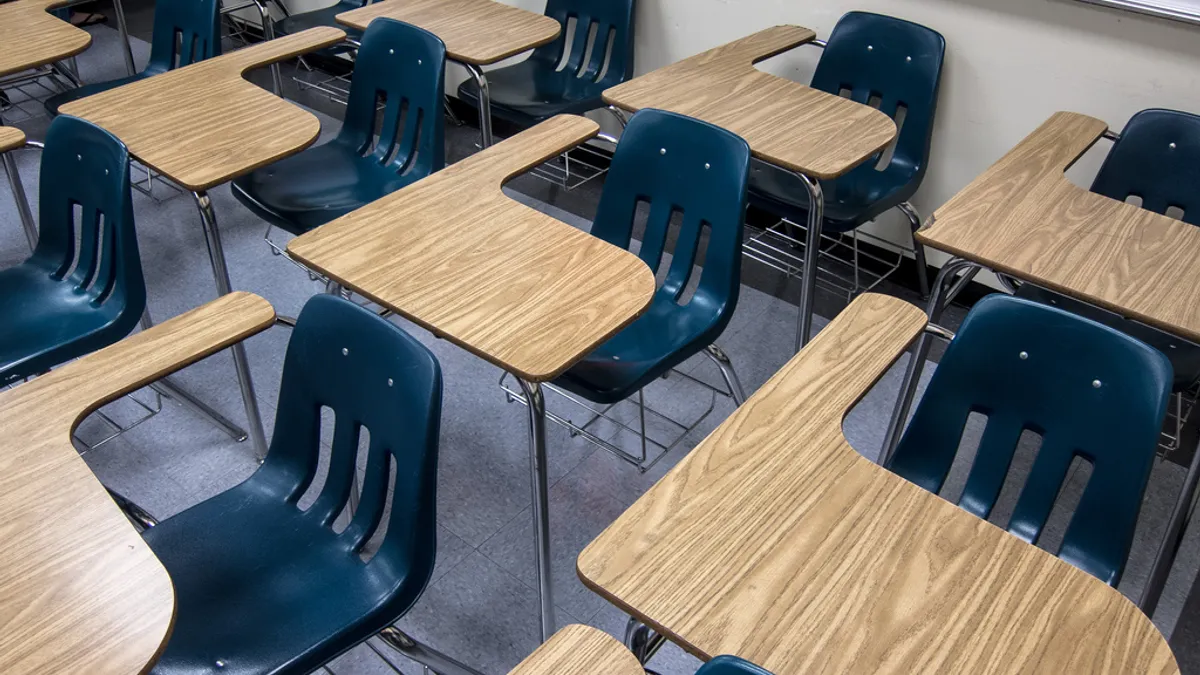Dive Brief:
- The impacts of a positive school culture on student achievement are increasingly supported by research, but establishing a consistent vision across all classrooms in a school can be difficult, according to eSchool News.
- Success on this front requires administrators and faculty members to work collaboratively on a unified vision for school culture, conducting an audit of culture, establishing the desired vision, and planning out systems to implement that encourage positive choices.
- Additionally, the school must put a system in place for capturing and sharing school culture data to provide real-time visibility into student behavior while empowering faculty. Data are more valuable for teachers when they can share information across classrooms and schools use it to drive self-reflection of administrators' and educators' actions alongside those of students.
Dive Insight:
Simply put, when students are in an environment where they feel supported and safe, they're more likely to perform at a higher level. The impact of school culture is now recognized to the point that a number of states have included school climate surveys as school quality and student success indicators in their Every Student Succeeds Act accountability plans.
Many schools' efforts also include a shift to restorative justice approaches for school discipline, opting to replace zero-tolerance policies that bred high suspension rates for even minor infractions with peer mediation and other efforts that resolve the negative behavior while focusing on building a sense of empathy and understanding. These disciplinary approaches have stemmed largely from a desire to curb the school-to-prison pipeline, a phenomenon that saw students of color and those in special education programs disproportionately punished with suspensions, detentions and other means that removed them from the classroom, put them further behind academically in the long run, and often resulted in them being funneled into the justice system over time.














